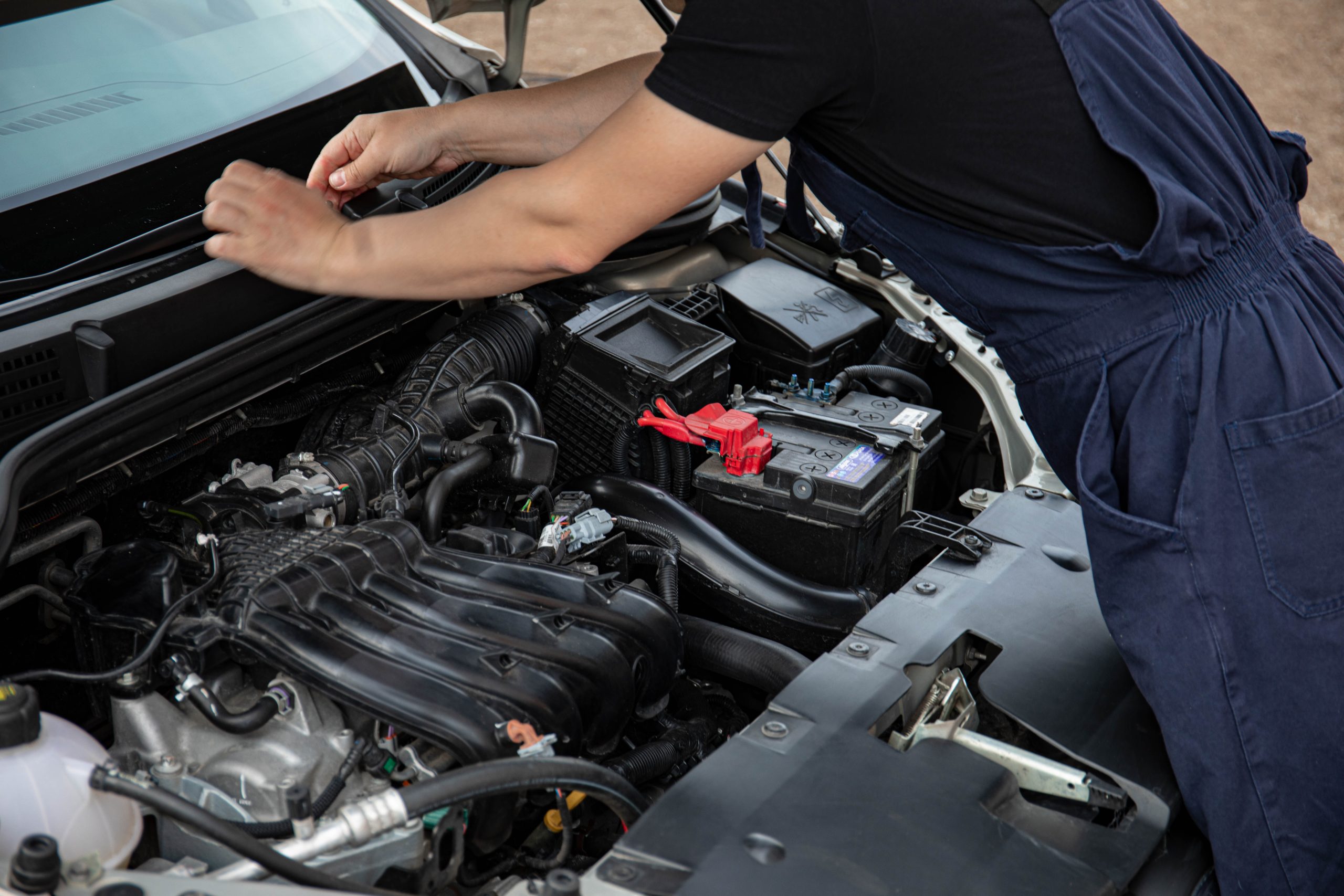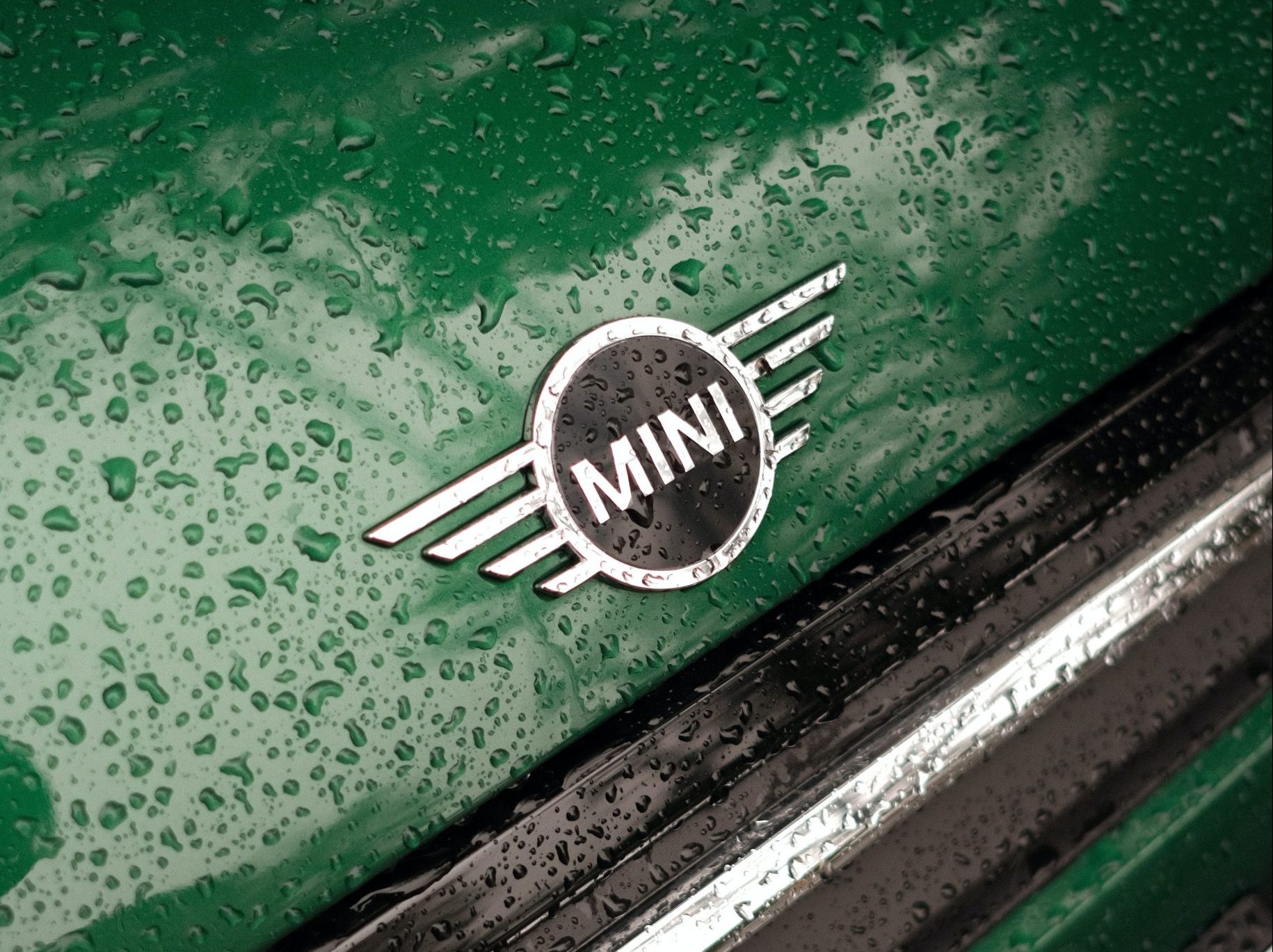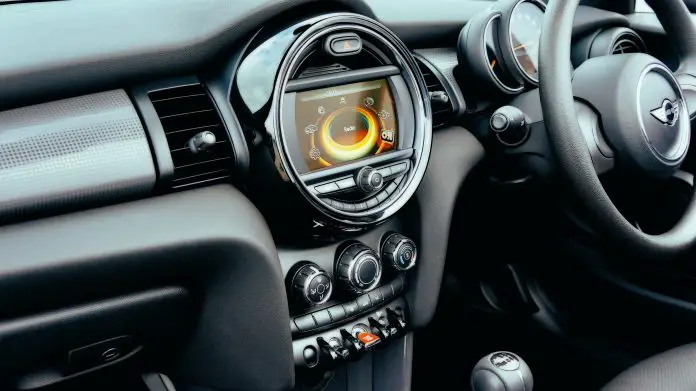In this article, we examine the most common Mini 1.6 Engine problems & explain some possible solutions. The Mini has always been a popular choice for drivers looking for a compact and efficient vehicle. However, despite its reputation for performance, the Mini 1.6 engine is known to have several common problems. We will also take a closer look at the recommended service intervals, FAQs and buying guide.
Engine Specification
The Mini R50 and R52 engine is a 4-cylinder, in-line, 16-valve, DOHC (dual overhead camshaft) engine with variable valve timing. It has a displacement of 1598 cc and a compression ratio of 11.0:1. The engine produces a maximum power of 120 horsepower at 6000 rpm. Plus a maximum torque of 114 lb-ft at 4250 rpm. It is equipped with a variable valve timing system and a variable intake manifold. This helps to improve engine efficiency and performance.
The Mini 1.6 engine uses a four-valve-per-cylinder design, which allows for increased airflow and improved combustion. It also features a lightweight aluminium block and cylinder head, which helps to reduce overall engine weight and improve fuel economy.
The engine is paired with a 6-speed manual or 6-speed automatic transmission and it uses a direct fuel injection system for improved fuel efficiency. This engine was used in the Mini one, Mini Cooper and Mini Cooper S models from 2007-2013. It is considered a good engine by many car enthusiasts and experts despite a number of common issues.
Common Problems

Running Rough
A rough engine can be a frustrating and potentially dangerous problem. One possible cause of a rough-running engine is a problem with the fuel injectors. They are responsible for spraying fuel into the engine. If they become clogged or malfunction, the engine may not receive the proper amount of fuel. This can result in a rough idle, poor acceleration, and even stalling.
Another possible cause of a rough-running Mini engine is a problem with the mass air flow sensor. The mass air flow sensor measures the volume of air flowing to the engine. Dirt or malfunctions can stop the engine from receiving the correct airflow.
A third possible cause of a rough-running engine is a problem with the ignition system. The ignition system is responsible for creating the spark that ignites the fuel in the engine, and if it becomes faulty or worn, the engine may not receive the proper spark.
Regular maintenance can also help prevent a rough-running engine. For example, regular oil changes can help keep the engine lubricated and running smoothly while keeping the coolant system in good condition can help prevent overheating. A mechanic will be able to diagnose if this is the issue by connecting a diagnostic tool to the vehicle and check the performance of the ignition system.

Timing Chain
The timing chain is a crucial component of the engine that helps to synchronize the movement of the camshaft and crankshaft. This in turn controls the opening and closing of the valves in the engine. If the timing chain fails or becomes loose, it can lead to serious engine damage and poor performance.
One of the main reasons for timing chain issues in the Mini 1.6 engine is due to a lack of proper maintenance. The timing chain is exposed to high temperatures and pressure, and over time it can become stretched or worn. Regular oil changes and keeping the engine clean can help to prolong the life of the timing chain. This will prevent it from becoming loose or snapping.
Another reason for timing chain issues is due to a manufacturing defect. The timing chain tensioner keeps the timing chain tight, and may not be functioning properly. This can cause the timing chain to become loose and cause significant engine damage.
Symptoms of a failing timing chain include engine misfires, a rattling noise from the front of the engine, and poor performance. A snapped chain can totally write off an engine. So it’s important to have it checked by a professional mechanic as soon as possible.

Thermostat Problems
The thermostat is a small component of the engine that controls the flow of coolant through the engine. It plays a crucial role in regulating the engine’s temperature. If the thermostat fails or becomes stuck, it can lead to poor engine performance, overheating, and even serious engine damage.
The thermostat is exposed to high temperatures and pressure, and over time it can become clogged or stuck. Regular coolant flushes and keeping the coolant system in good condition can help to prolong the life of the thermostat and prevent it from becoming clogged or stuck.
Symptoms of a failing thermostat include the engine overheating, a temperature gauge that reads low, and poor engine performance. If you suspect that your Mini 1.6 engine has a thermostat issue, it’s important to have it checked by a local garage or dealer before it can cause extra damage.

Oil Leak
One of the main reasons for oil leaks in the Mini 1.6 engine is due to seals and gaskets in the engine can become worn or brittle. They will no longer provide a tight seal and allow oil to escape and leak out of the engine. Regular oil changes and keeping the engine clean can help to prolong the life of the seals and gaskets and prevent oil leaks.
It is true many cars over a certain age and mileage are more likely to develop an oil leak at some time and the Mini is no exception. Check the replacement parts meet the same standards as OEM parts to ensure they fit correctly and provide the best longevity for your car.
Symptoms of an oil leak include a decrease in oil levels, oil spots on the ground, and a burning oil smell.
Some slow oil leaks can be bearable to live with, however more substantial dripping should really be dealt with properly. In most cases with this engine, it will be an inexpensive gasket replacement.

Mass Air Flow
The Mini 1.6 engine is known to have issues with the mass air flow sensor (MAF). The MAF sensor is a crucial component of the engine that measures the amount of air entering the engine, and it plays a key role in the engine’s fuel injection system. If the MAF sensor fails or becomes dirty, it can lead to poor engine performance and increased emissions which in turn may lead to an MOT failure.
The MAF sensor is located in the air intake system, and it can become clogged with dirt and debris, which can affect its ability to accurately measure the amount of air entering the engine. Regular air filter changes and keeping the air intake system clean can help to prolong the life of the MAF sensor and prevent it from becoming clogged.
Symptoms of a failing MAF sensor include poor engine performance, increased emissions, and a dreaded engine warning light. It’s important to address any issues with the MAF sensor as soon as they are noticed to avoid further complications and damage. A simple clean of the system may solve the problem or it may require replacement.

Engine Stall
An embarrassing engine stall is known to happen with this engine, it can be a frustrating and dangerous problem for drivers. One of the main reasons for engine stalling in the Mini 1.6 engine is problems with the fuel system. The fuel system is responsible for delivering fuel to the engine, when there are faults with the fuel pump, fuel filter, or injectors, it can cause the engine to stall.
The ignition system is also a well-known culprit for this. This includes spark plugs, ignition coil and distributor. Regular ignition system maintenance, such as changing the spark plugs and having the ignition coil and distributor checked, can help to prevent engine stalling.
Symptoms of engine stalling include the engine suddenly turning off while driving, difficulty starting the engine, and poor engine performance. If your Mini develops a stalling issue, it will need plugging into a diagnostics machine to find where the specific fault lies.

FAQ’s
What are the most common causes of engine stalling on a Mini 1.6 engine?
The most common causes of engine stalling on a Mini 1.6 engine are problems with the fuel system, ignition system, and air intake system.
How often should I have my Mini 1.6 engine serviced?
The frequency of service for your Mini will depend on the manufacturer’s recommendations, but generally, it’s advisable to have the engine serviced every 10,000 miles or 12 months as per the schedule in the owner’s manual.
Can a faulty thermostat cause problems with a Mini 1.6 engine?
Yes, a faulty thermostat can cause several problems with a Mini engine, including poor engine performance and overheating.
How can I improve the performance of my Mini 1.6 engine?
Improving the performance of your Mini 1.6 engine can be achieved by regularly maintaining the engine, using high-quality fuel, and ensuring that the air intake system and exhaust system are in good condition.

Is the Mini 1.6 a good engine?
The Mini 1.6 engine is considered a good engine by many car enthusiasts and experts. It is known for its compact design, efficient performance, and fuel economy. The engine provides good power and torque and has good reliability overall.
However, like all engines, the Mini 1.6 can have some issues, and it’s important for owners to keep up with regular maintenance and address any problems as soon as they arise. It’s also worth noting that this engine is no longer in production and the newer versions of the mini have different engines.
What to look for when buying a 1.6 Mini
When buying a Mini 1.6, there are several things to look for to ensure that you are getting a quality vehicle:
- Service History: Check that it has a complete service history, including regular oil changes, tune-ups, and other maintenance.
- Timing Chain: The timing chain is an important component of the Mini 1.6 engine, and it should be checked for signs of wear or damage. Look for a Mini 1.6 that has had the timing chain and tensioner replaced.
- Oil leaks: Check the engine for any signs of oil leaks, which could indicate worn or damaged oil seals, gaskets, and valve cover gasket.
- Mass Air Flow Sensor: Check the mass air flow sensor for proper operation. A faulty mass air flow sensor can cause poor engine performance and increased emissions.
- Engine Stalling: Check for any history of engine stalling, which could indicate problems with the fuel system, ignition system, or air intake system.
- Thermostat: Check the thermostat for proper operation. A faulty thermostat can cause poor engine performance and overheating.
- Check for Recalls: Check with the manufacturer to see if there have been any recalls related to the Mini 1.6 engine and if the car was serviced accordingly.
- Test Drive: Always take the car for a test drive to check for any unusual noises or vibrations, and to ensure that the engine runs smoothly.
- Inspection by a qualified mechanic: It’s always a good idea to have a qualified mechanic inspect the car before making a purchase.
- Overall condition: Check the overall condition of the car, including the body, paint, interior, and tires. Make sure any scratches and/or dents are reflected in the price.
By following these tips, you can help ensure that you are getting a quality Mini 1.6 that will provide many years of reliable service.

What are the service intervals?
The recommended service intervals for the Mini 1.6 engine will vary depending on the specific model and year of the vehicle. Plus, the driving conditions and usage of the vehicle. However, in general, the following service intervals are recommended for the Mini 1.6 engine:
Oil Change: Typically, the oil should be changed every 10,000 miles or 12 months, whichever comes first.
Air Filter Replacement: The air filter should be replaced every 15,000 miles or 24 months, whichever comes first.
Spark Plug Replacement: The spark plugs should be replaced every 30,000 miles or 48 months, whichever comes first.
Fuel Filter Replacement: The fuel filter should be replaced every 30,000 miles or 48 months, whichever comes first.
Timing Chain Inspection: It’s recommended to inspect the timing chain every 60,000 miles or 96 months, whichever comes first. If a stretch is detected, it may need to be replaced
In addition to these general service intervals, it’s important to also have regular inspections and maintenance performed on other components of the vehicle, such as brakes, suspension, and exhaust system. Usually, this is done during the annual MOT.
Always consult your owner’s manual or service schedule for the specific model and year of your Mini.
Conclusion
In conclusion, the Mini 1.6 engine is a popular choice among drivers looking for an easyto maintain and efficient powerplant. It receives high praise for its fuel economy and reliability. However, like all engines, the Mini 1.6 can have some common issues. Such as timing chain problems, oil leaks, and engine stalling. It’s important for Mini 1.6 owners to keep up with regular maintenance and address any problems as soon as they arise.
While the engine is no longer in production, it is still a good option for those looking for a used Mini. With proper care, the Mini 1.6 engine can provide many years of reliable service. As with any used car, a thorough inspection by a qualified mechanic is always recommended before making a purchase decision.



